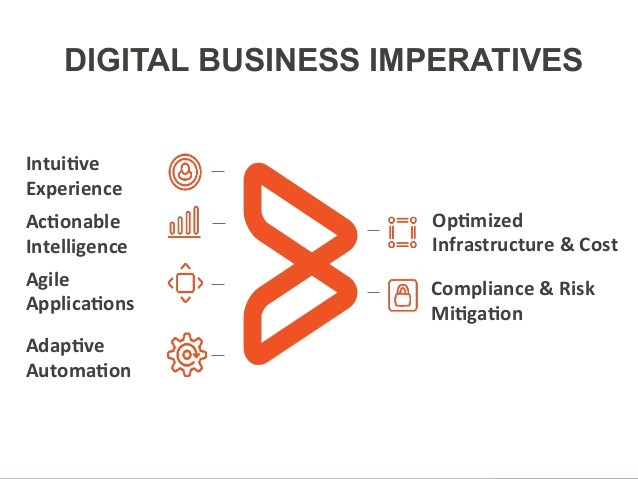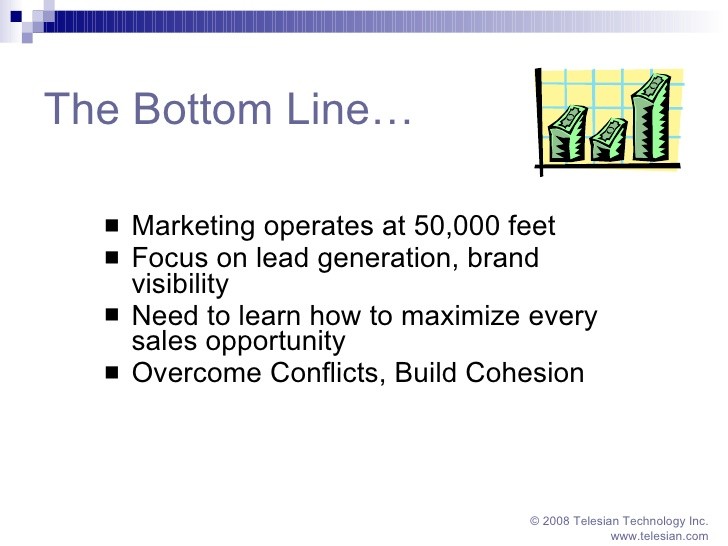Salesforce Bottom Line Is Put at Risk by a Slide in the Company s Stock
Post on: 3 Апрель, 2015 No Comment

Under Marc Benioff, the Salesforce chief executive, the company pioneered a new approach to distributing business software. Credit Justin Sullivan/Getty Images
Nearly everything about Salesforce.com is remarkable.
Marc Benioff, its chief executive, is a salesman nonpareil, and under him the company pioneered a fresh approach to distributing software that corporate America is adopting.
Salesforce is a leader in cloud computing, a business that allows its customers to run sales software on a platform that the company provides. Its revenue has been surging and, in the last 10 years, its stock has risen more than tenfold. It is a company that investors often point to when they want to make the case that the current boom in technology stocks is the real deal.
“Salesforce is doing phenomenally well,” Mr. Benioff proclaimed last year at a company conference.
But the company, which is based in San Francisco, is remarkable in another way. Over the last decade, it has, in aggregate, produced no net income — in fact, its losses were larger than ever in its last two fiscal years.
It is hard to think of another maturing technology company that has managed to get investors as comfortable with red ink as Salesforce. Even Amazon. with its growth-at-all-costs strategy, often deigns to churn out a meager profit for its shareholders.
In recent weeks, however, a situation has been brewing that could halt Salesforce’s notable run.
The trigger could be the recent decline in the company’s shares that has wiped 20 percent off their value. Normally, a decline in the price of a stock has almost no effect on a company’s financial results or the health of its core operations. But analysts say that there are unusual ways in which a falling share price could expose vulnerabilities at Salesforce and directly affect its business performance.
It comes down to how Salesforce pays its employees. Most technology companies use stock and options to help pay employees. But Salesforce makes much greater use of stock-based compensation, leading some analysts to contend that the company has become overly reliant on a rising share price. A prolonged slump in its shares, they say, could set off negative reactions throughout the company that could ultimately weigh on its sales and its cash flow.
“Paying in stock works as long as the stock is performing,” said Jill Lehman, an analyst with CFRA, a forensic accounting research firm. “Once it stops working, the downward spiral could have a snowball effect.”
Rachel Petersen, a Salesforce spokeswoman, said in an emailed statement: “Salesforce.com’s amazing employees have helped us achieve incredible growth. As a high-growth technology company, we believe our compensation is competitive with our peers and optimized to create long-term shareholder value.”
Salesforce’s numbers reveal its uncommon predicament.
When companies pay employees in stock and options instead of cash, they still have to recognize the payments as an expense on their income statements. Salesforce had $520 million of stock-compensation expenses in the 12 months through the end of April. That sum was a big driver of the company’s $261 million net loss for the period.
Most big technology companies, even those that are much younger than Salesforce, make substantial amounts of net income even when including their stock-compensation expense. But the opposite has been the case for Salesforce in recent years.
The lack of profits apparently had not mattered to investors. As the company’s sales rose over the years, and Mr. Benioff’s stature grew, investors drove its share price higher.
The stock effectively became an increasingly valuable currency that Salesforce could shower on its employees. This created several benefits. By paying in stock, the company was able to spend less cash on compensation. And unlike many other technology companies, Salesforce has not used up cash buying back shares in the open market to roughly offset the stock it issued to employees. Just as important, the highflying stock made it easier for Salesforce to attract talent in Silicon Valley and motivate its sales representatives to sell more of its products. That, in turn, helped push the shares even higher, making them even more attractive to employees.
The risks, however, can be seen when comparing Salesforce with its rivals.
The stock compensation of Oracle, for instance, was equivalent to 4 percent of its operating expenses in the 12 months through the end of February. At Salesforce, it was more than two times higher, at 13 percent, in the 12 months through April.
The degree to which stock compensation makes a huge difference to Salesforce’s overall results can also be seen in another comparison.
Before stock compensation, Salesforce had operating earnings of $223 million in the 12 months through the end of April. But with the expense, it plunged to an operating loss of $297 million. Oracle’s stock compensation expense, however, made only a 5 percent dent in its operating profit in the 12 months through February.
The question now is what happens if the stock keeps falling.

Salesforce may find that it has to pay more cash compensation if employees begin to worry that the company’s shares won’t hold their value. This could become a burden on the company’s cash flows.
In its last fiscal year, Salesforce generated $576 million of free cash flow, which is cash flow from operations minus cash used for capital expenditures. That would only just cover the $503 million of stock-compensation expense included in its income statement for that year. And using an alternative calculation, Ms. Lehman, the analyst, notes that the net value of stock that Salesforce issued to employees was even higher, nearly $750 million, in its latest fiscal year.
And this could hinder Salesforce’s ability to make strategic investments.
“Salesforce is competing against companies like Oracle and SAP with very deep pockets,” said Daud Khan, an analyst with Berenberg Bank.
Still, some technology experts expect Salesforce to produce strong operating results over the coming months, regardless of what its share price does.
“The employees have had to live through temporary drops in the stock price in the past, and it’s come back,” said Gordon Ritter of Emergence Capital Partners. “Salesforce has stayed true to what it is good at — and they are just getting started.” (Mr. Ritter founded a company that is now part of Salesforce.)
But some analysts wonder whether Salesforce is already struggling to post the sort of growth rates that investors expect.
“They are doing whatever they can to put up impressive growth numbers to keep the shares high,” said Peter Goldmacher, a software analyst with Cowen. “But you can see real signs of stress in their business.” One concern, he says, is that the company appears to be spending a lot in sales and marketing expenses to bring in new business. “Where they should be getting scale and leverage, they’re not,” Mr. Goldmacher said.
Photo
Mr. Benioff at a Salesforce event in San Francisco last year. Credit Robert Galbraith/Reuters
A version of this article appears in print on 06/03/2014, on page B 4 of the NewYork edition with the headline: Salesforce Bottom Line Is Put at Risk by a Slide in the Company’s Stock.














